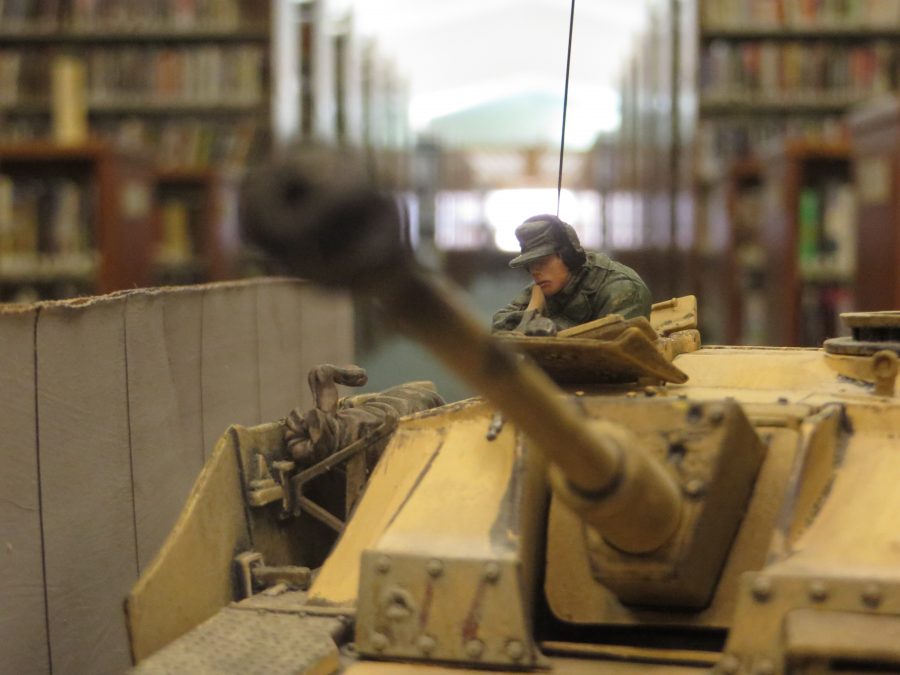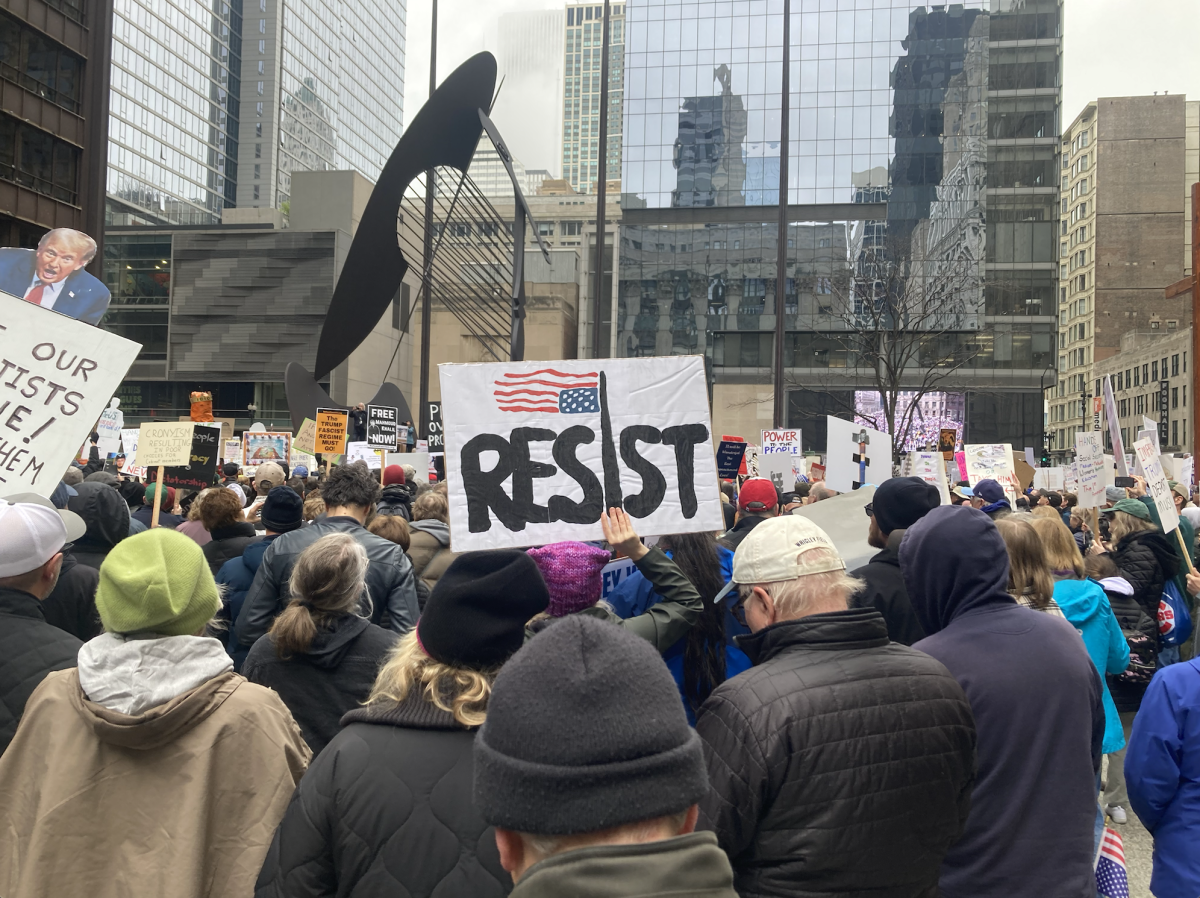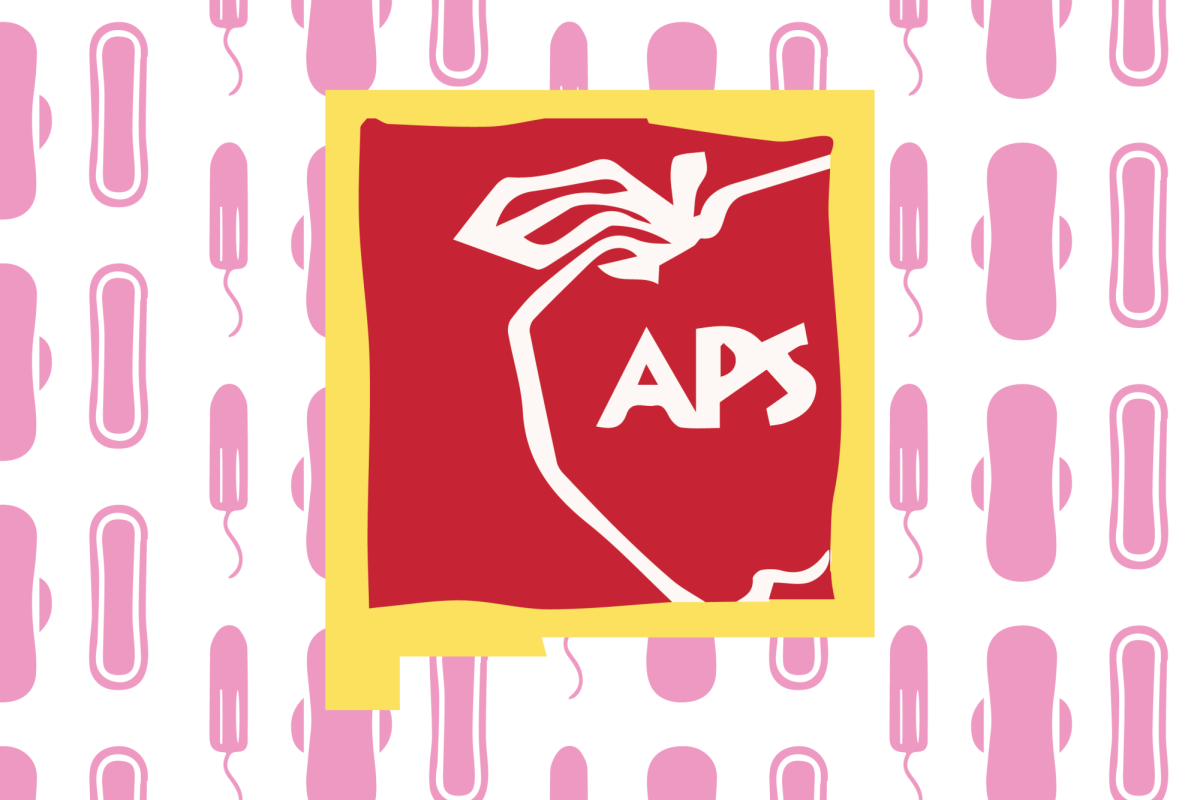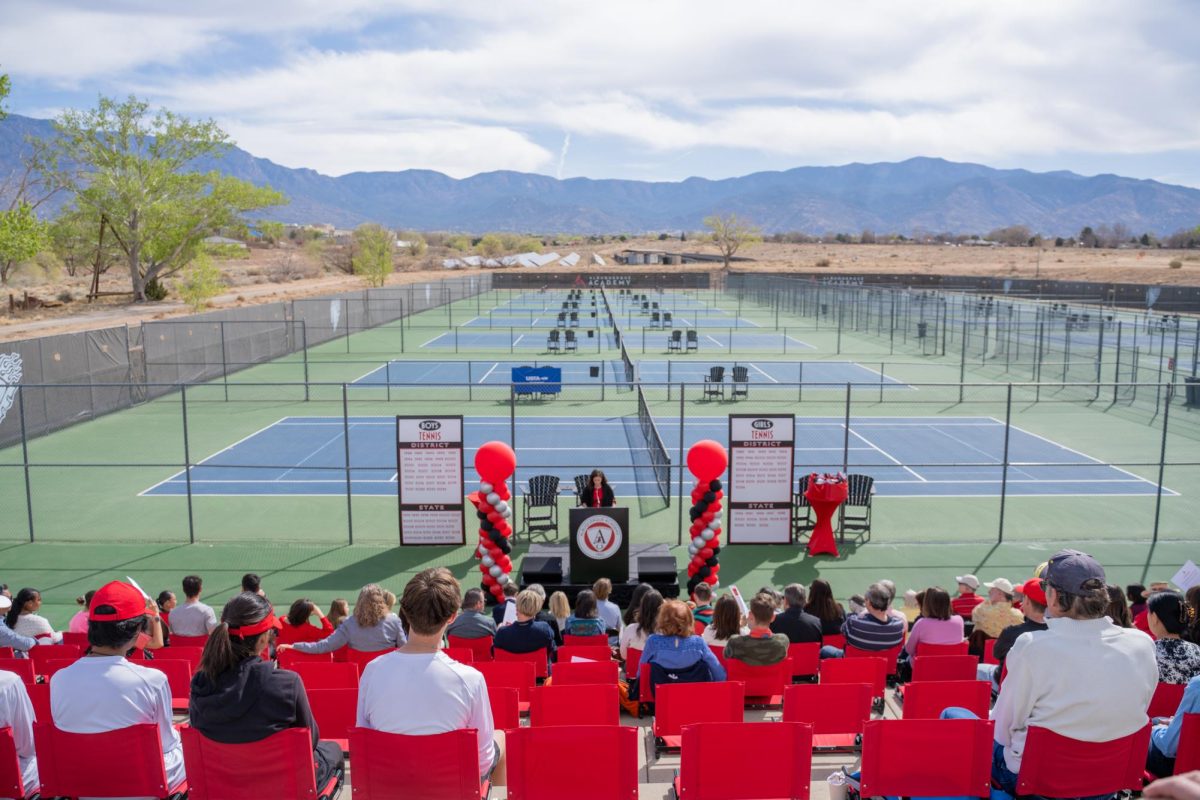[dropcap size=small]I[/dropcap]t took 38 years for East and West Germans to topple the Berlin Wall and, symbolically, communism. Now, 25 years after the Wall’s collapse, the Academy’s German students have rebuilt it in a matter of weeks– albeit on a much smaller scale. On the week of Dec. 1, they unveiled the new Berlin Wall exhibit at Simms Library. The centerpiece of the exhibit is a cardboard facsimile that serves as the wall. The auxiliary displays tell more about its history, including information on politics, culture, and East German escape attempts.
Students taking German classes started the project in November, but the history of the actual wall traces back to August 1961, when the United States and Russia agreed to physically separate Berlin. In the 35 years that followed, the two halves of the city became a crux of the Cold War, a representation of the conflicts both east and west of the Iron Curtain. Unlike its cardboard counterpart, the Berlin Wall was not actually a single wall, but two–one on West Germany’s side and one on East Germany’s side, with a perilous “death strip” lying between the two. Yet if not entirely accurate, the library’s Wall holds a more symbolic meaning; for those in East Germany, the wall seemed like the only obstacle to escape but at the same time was nearly impossible to cross. The model also holds true to the original by featuring famous examples of graffiti on the western side, while leaving the eastern side empty.
Omar Villescas ’15, a German III student, was glad the assignment allowed for creativity. Villescas’ favorite piece of art on the wall is known as “Curriculum Vitae”– a listing of every year that the Berlin Wall was up, culminating in a large, bold, “1989” (the year the wall fell). The western side also features original artwork by students; now that the exhibit is public, visitors are encouraged to write their own messages on the west side of the wall–so long as they are relevant in the context of the Cold War. The east side, however, remains just as blank as its real-life counterpart.
The students who built the exhibit weren’t around when the real wall came down, but 25 years later, the impact of the event still resounds. Faculty member Jim Carrell notes that throughout history, people have always resorted to building physical barriers in the face of opposition (Carrell cites the border between the North and South Korea as a modern-day example). Yet the Berlin Wall has remained unique. “Most walls are made to prevent people from getting in,” Carrell said. “This wall was constructed to keep people from getting outside.”
Simms Library won’t tear down this wall until the week after finals. Until then, the wall stands for all passers-by, and is worth making a detour in your usual path.








